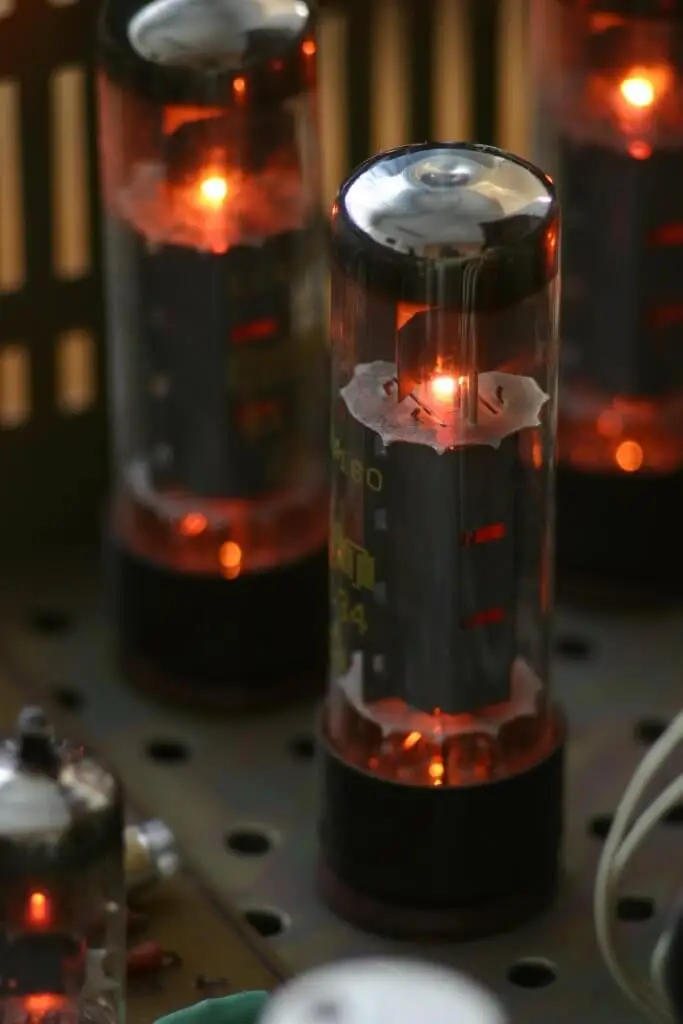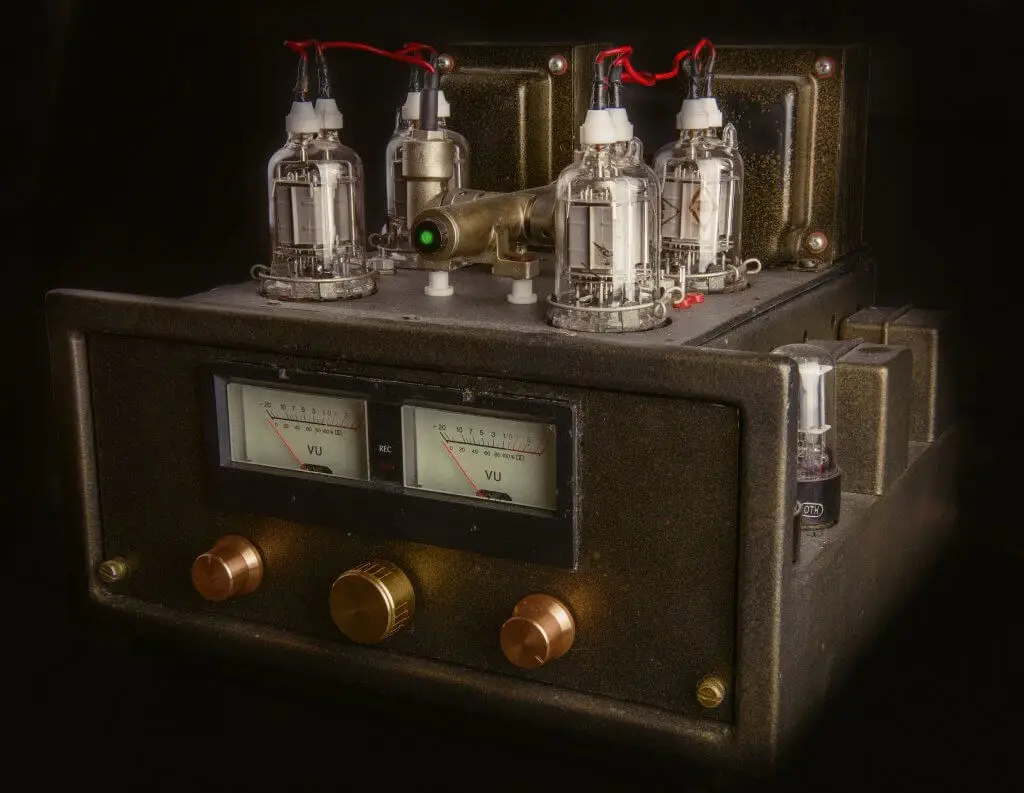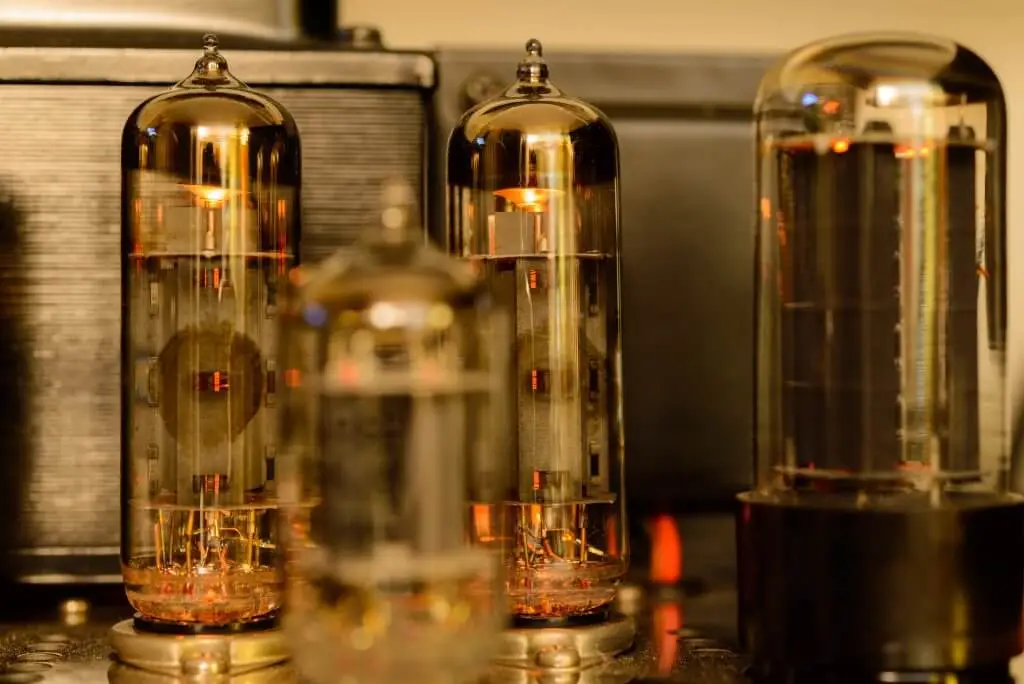Before transistors ushered in the digital age, the realm of sound was ruled by the warm, soulful glow of vacuum tubes. These glass marvels revolutionized amplification, breathing life into music with a richness and character unmatched by their modern counterparts. But their influence extends far beyond nostalgia. Even today, discerning musicians swear by the unique sonic magic woven by tubes, particularly in guitar and HiFi amplifiers.
But beneath the shimmering facade lies a world of complexity. Just like actors in a play, different tubes play distinct roles in shaping your sound. The preamp tubes act as the scriptwriters, meticulously sculpting the tonal foundation and injecting color into your music. Their counterparts, the power amp tubes, are the powerhouses, taking that sculpted signal and amplifying it with authority to drive your speakers. Understanding the nuances of these players and their interplay is the key to unlocking your desired sonic signature.
In this exploration, we’ll peel back the glass casing, revealing the history and inner workings of these fascinating devices. We’ll then delve into the distinct universes of preamp and power tubes, uncovering their individual contributions to your sound. Get ready to decode the language of tubes, where knowledge translates into tonal mastery!

Imagine the surprise when Thomas Edison, tinkering with his light bulb, discovered a mysterious current flowing between the heated filament and a nearby plate. This “Edison effect” sparked a revolution, leading to the birth of the vacuum tube in 1904. Initially a simple “diode,” with no grid, tubes evolved rapidly, with the iconic grid triode emerging in 1907. Think of tubes as a valve, with a heated cathode emitting electrons “boiling off” like water, attracted by a positive anode. But the real magic lies in the grid, a mesh gate that sits between the cathode and anode which controls the electron flow like a dimmer switch, allowing us to amplify or shape incoming signals. Without this grid, tube amplification would not exist.
This basic principle, akin to water pressure regulated by a valve, underlies all tubes. Later innovations like the pentode added more grids for even finer control, paving the way for complex audio applications. Though transistors later took center stage, tubes never truly faded, their unique sonic warmth and dynamic response endearing them to musicians who crave soul over sterile perfection.
By understanding this electron dance within the glass envelope, we unlock the key to harnessing the sonic power of tubes, transforming them from historical relics into tools for crafting your own musical signature.
Preamp tubes serve as the first stage of amplification in your guitar amp, playing a crucial role in shaping your overall sound. They take the weak signal from your instrument and boost it to a level suitable for driving the power amp section. But their impact goes beyond simple volume increase.
These tubes act as sonic sculptors, influencing the character and feel of your sound. By adjusting their gain and overdrive characteristics, you can achieve a wide range of tonal options:


Preamp tubes interact with other amp components, influencing the attack, decay, and overall responsiveness of your sound. Some tubes offer a faster, tighter feel ideal for staccato playing, while others bloom more, creating smooth sustains and chord transitions. Exploring these nuances helps you find the perfect playing feel to match your musical expression. Continue to read about how tubes can impact your tone in our tube buyers guide.
Remember, there’s no one-size-fits-all approach to choosing preamp tubes. It’s a journey of experimentation, discovering how each tube contributes to your unique sonic vision. Dive in, explore, and unleash your tonal masterpiece!
While preamp tubes sculpt your tone, power amp tubes are the muscle behind the sound, responsible for driving your speakers and delivering the sonic punch you crave. They are the final amplifiers, taking the preamp’s signal and transforming it into the powerful sound that fills the room.
Their primary function is straightforward: amplification. They take the relatively weak signal from the preamp and boost it to a level powerful enough to push your speakers and produce audible sound. Just like preamp tubes, power tubes add their own sonic fingerprint to the mix.
What is important to know about power tubes is the bigger the stage, the bigger the power tubes need to be. Most amps rely on the same preamp tubes no matter how much sonic power, wattage, loudness, whatever you want to call it, is needed. While on the other hand, power tubes are very specific to the type of playing or listening you are going to be doing. Playing rock music at home to an audience of your dogs’ sensitive ears? You are going to want an amp with smaller power tubes like a 6V6GT, 6AQ5, or El84. Likewise, if you are playing to a crowed of ten thousand and you need your bass to be crisp and clear… you are going to need 6550 tubes, and lots of them.
Different power amp tubes influence headroom, the amp’s clean output before distortion sets in. Tubes with higher headroom offer a wider dynamic range, capturing the subtle nuances of your playing, while those with lower headroom break up earlier, adding a touch of grit and compression.
A basic trick is, the bigger the power tube, the more headroom they will have. This is because tubes run very hot and they need to dissipate their heat. Larger bottles not only allow for larger filaments but allow for more heat dissipation. More heat dissipation equals more headroom. So when you are shopping for an amp, the larger the power tubes you see, the louder and cleaner the amp will be!



Finally, interaction between preamp and power amp tubes plays a crucial role in shaping your overall sound. Matching your preamp and power tubes for sonic compatibility can unlock new tonal possibilities.
Experimenting with different combinations is key to finding your perfect sonic recipe.Think of your desired sound as your musical fingerprint. Country or jazz players often crave the warm, singing sounds of 6L6 tubes, while rock and blues musicians might favor the tighter bite of EL34s. Experiment! Remember, there’s no “right” answer, just the sound that speaks to your musical soul.
Headroom defines your clean territory before the glorious overdriven crunch sound sets in. For pristine dynamics, seek higher headroom tubes like 5751s or 12AT7 with LOWER GAIN. But if early overdrive is your jam, lower headroom options like the high gain 12AX7 is where you will want to stay. Explore the breakup character too! 6L6s offer smooth growl, while EL34s deliver focused punch.

Have questions that went unanswered? Do not forget to use forms like The Gear Page or our Tube Buyers Guide to dive deeper into the world of legendary sound. Watch videos by The JHS Show, That Pedal Show, or Five Watt World for visual histories and tips for tone mastery. Remember, the most important tip? Experiment, trust your ears, and enjoy the journey! Your perfect sonic haven awaits, nestled within the warm glow of your carefully chosen tubes.
Your amp is an orchestra, and preamp and power amp tubes are its star soloists. Each plays a distinct role – shaping your tone like a sculptor (preamp) and amplifying it to sonic glory (power amp). Understanding their differences empowers you to be the conductor, crafting your unique sound. Don’t be afraid to experiment! Mix, match, explore different combinations. Embrace the journey, trust your ears, and unleash your inner sonic alchemist. The perfect tone awaits, waiting to be coaxed from the glowing heart of your tubes. So go forth, experiment, and create music that truly resonates with your soul. Remember, the possibilities are endless, and the only limit is your imagination.